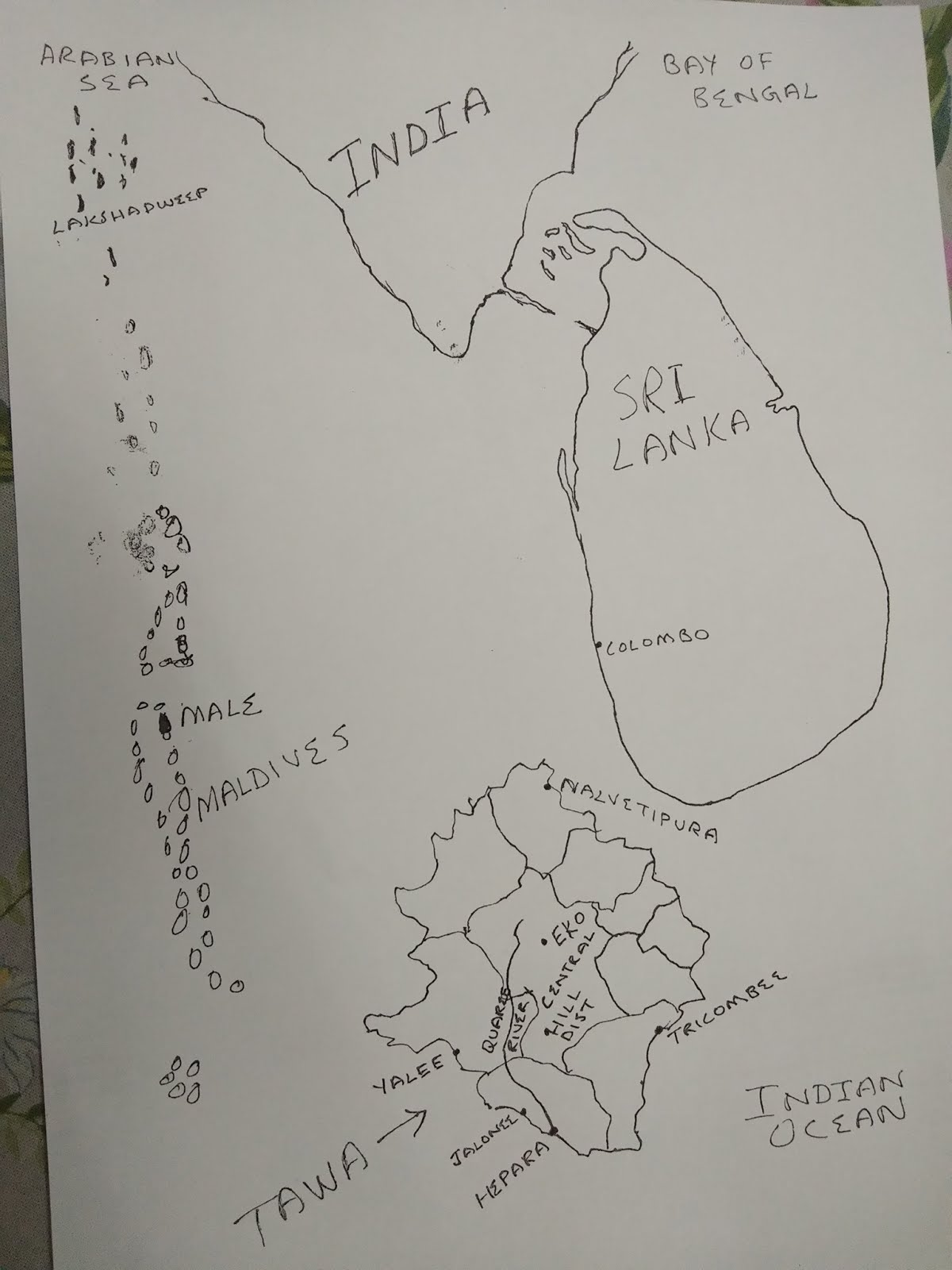Saturday 19 May 2012
Book Review: “Beautiful Country – Stories From Another India” by Syeda Hameed and Gunjan Veda
Two sensible and clever women travel all around India, meet interesting people and hear stories which are at times exciting ones with a happy ending and at times sad ones which show extreme poverty and hardship. There are more of the latter. Nevertheless, Beautiful Country is a very good read as the stories are from Assam, Meghalaya, Manipur and Nagaland in the North-East, West Bengal in the East, Kerala and Tamil Nadu in the South, Maharashtra in the West, Madhya Pradesh and the tribal belts of Gadchiroli and Ganiyari in Central India, Rajasthan in the North West, Kashmir, Ladakh, Himachal Pradesh, Utttar Pradesh, Punjab and Haryana in the North and the Andaman and Nicobar Islands.
Frankly, even for an Indian, the stories come as an eye opener as one gets to learn so many new things. This is especially true with regard to the chapters on the north east. I learnt why the Khasi tribes of Meghalaya greet visitors with Kwai (a combination of betel leaves, betel nuts and lime paste), how random and unauthorised coal mining is playing havoc with the environment in Meghalaya, why Manipuri Muslims are called Meitei Pangal and how Meitei Mayak, Manipur’s original script was replaced by the Bengali script.
The narration is matter of fact, without embellishments, but is nevertheless riveting. For example, after taking us through the Sundarbans, we are told that ‘it has often been said that the sundarbans represents one of the final frontiers between humans and nature. This is the story of the constant tussle between people and animals, a story of human tenacity in the face of great adversity and of human greed and its consequences; a story that is often lost in the silence of the winding creeks and marshy forests that unite the two.’
The authors meet many individuals fighting the might of the State. Irom Sharmila is mentioned in notes of admiration and awe. In Kashmir, we find that even though one and a half years have elapsed since the earth quake of October 2005, villagers continue to live inside tin sheds, without water or jobs. Poverty and even starvation deaths are in abundance in central India. Village schools do not have sufficient infrastructure. However, it is the stories which come out of the Andamans, one of innocent exploited tribals struggling to survive, which affected me the most.
However, one important aspect of this book befuddled me. Of the two authors, Syeda Hameed is a member of the Indian Government’s Planning Commission. The other, Gunjan Veda is a former journalist who has been an officer on special duty with the Planning Commission. In case you didn’t know, the Planning Commission is a body which was originally set up to formulate five year plans for India’s growth. Members of the Planning Commission are essentially bureaucrats - the Indian Prime Minister is the ex-officio Chairman of the Planning Commission and its Deputy Chairman is a member of the Cabinet. When Syeda Hameed and Gunjan Veda travel around India, they are on official tour and are taken in government vehicles and boats (in places like Kerala and West Bengal). Despite being a part of the government, the narrative would have you believe that the authors are a couple of college kids who are fighting the system. Reading this 350 odd-page tome, at times I wanted to shout, ‘for chrissakes, which side are you on? If you find so many things to be wrong, why don’t you do something about it?’
For example, when Hameed and Veda meet with prostitutes in Varanasi’s red light district, they find that many of them have been beaten by policemen who take it on themselves to enforce their own code of conduct on the hapless women. Hameed and Veda argue with the cops. ‘Do you not know that in our country prostitution is not illegal; only public soliciting is.?’ “Madam,I don’t know if their paisha (profession) is forbidden by law or not. I don’t even need to know.’ The arguments go back and forth. The exploited women show Hameed and Veda their bruises. ‘If you touch these women, you will have to face the consequences,’ they threaten the policemen. The threat works, but Hameed and Veda wonder how long it would hold. I was left wondering if this was the best a member of the Planning Commission could do when faced with such injustice.
There are a few instances where Hameed and Veda ‘did something about it.’ While in Kashmir, Hameed and Veda heard that the National Foundation for Communal Harmony, a part of the Ministry of Home Afffairs, funds the education of orphans of militancy. Children of militants, especially of men who have crossed over to Pakistan and then heard of no more or of men who were killed and then declared to be militants, did not qualify. Hameed and Veda showed sympathy for the view that ‘children are children’ and should not be discriminated. We are told that they took up this issue and now the Foundation funds the education of both orphans of militancy and of militants.
I guess this isn’t meant to be a book about how after travelling to a particular place, Syeda Hameed went back to Delhi, fought the powers that be and made changes in policy which made a helluva difference to the people she just visited. This book is only meant to be a collection of stories from various parts of a beautiful country, written by two sensitive individuals, which tug the heart-strings of the reader, however cynical he or she might be.
Subscribe to:
Post Comments (Atom)







No comments:
Post a Comment